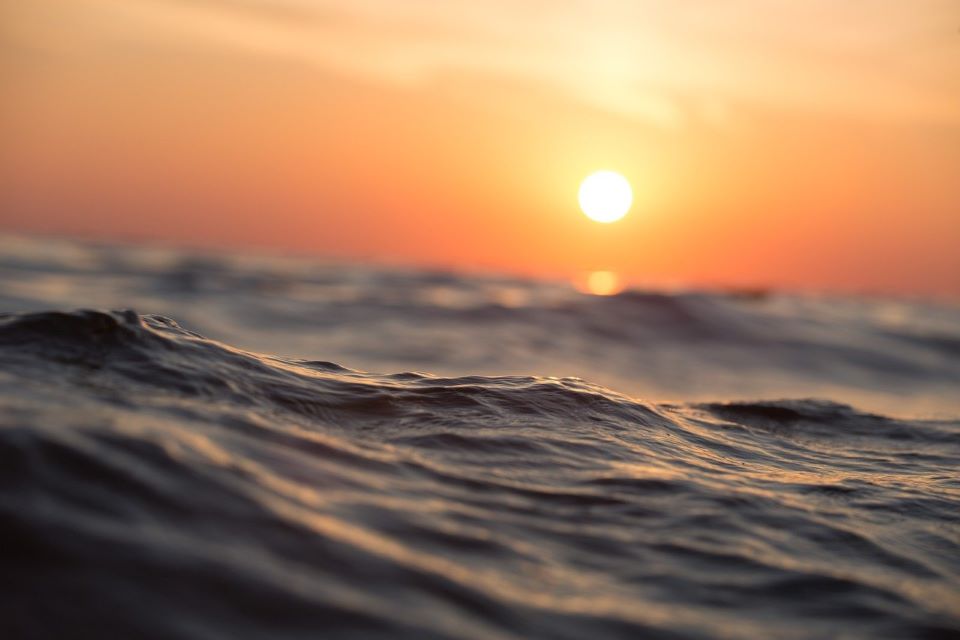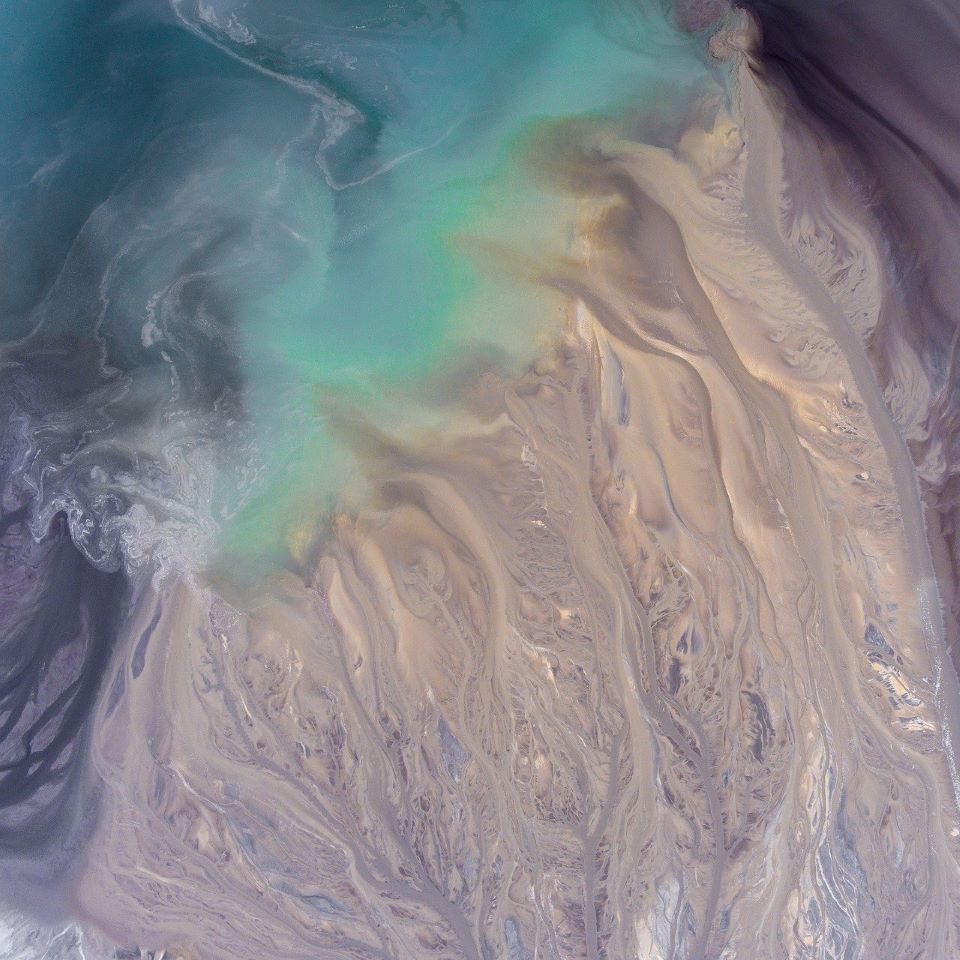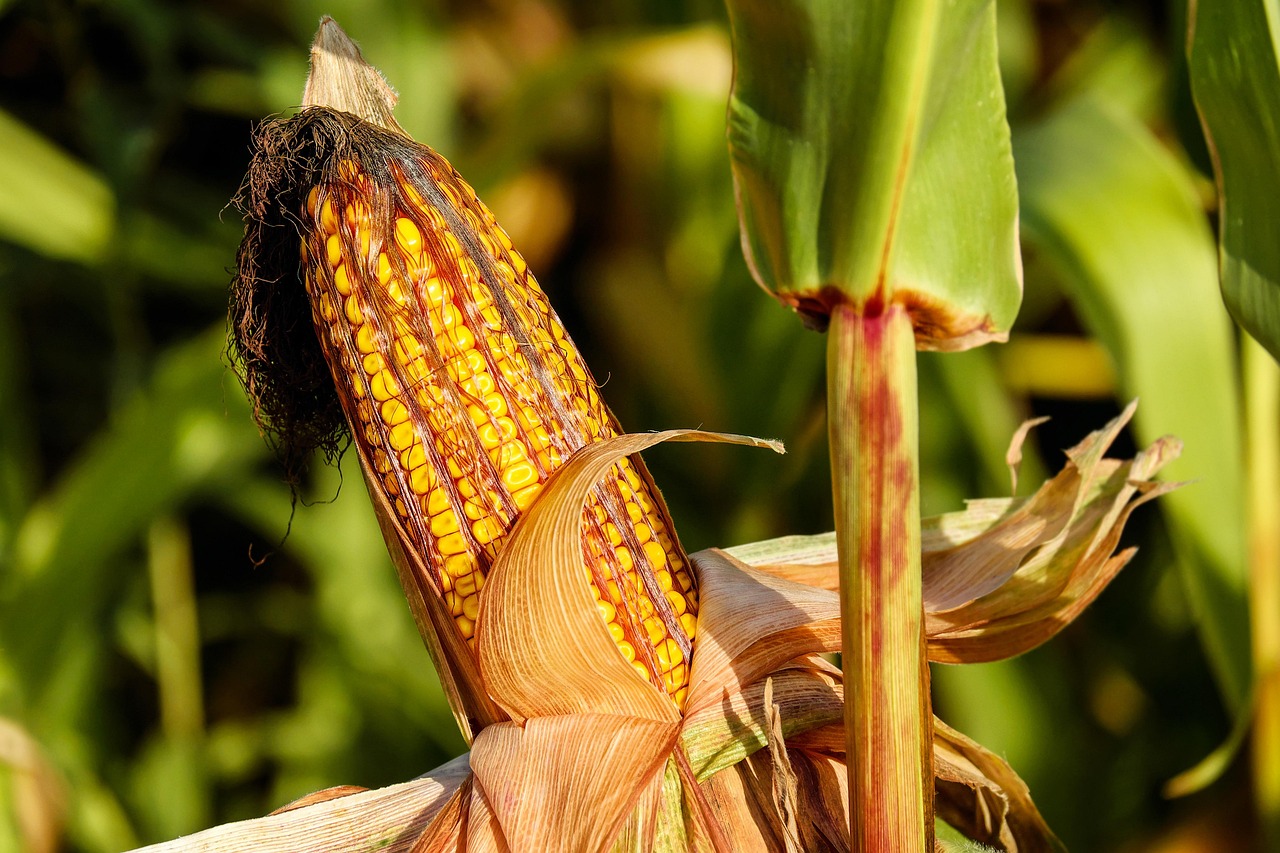Rising sea levels are pushing into rivers, contaminating drinking water sources, and a threat to fauna and flora in river basins and freshwater wetlands. Many places on earth, from the United States to Bangladesh, face this risk.
USA Drinking Water Sources in Risk
The sea level pushes the rivers and gets more inland. Raising sea level happens due to global climate change, especially drought, when river levels are falling, and oceans can go further upstream.

There are concerns that the Delaware River may be contaminated by seawater in Philadelphia and southern New Jersey. Rutgers University Researchers expect sea-level will rise along the New Jersey coast to 30 cm (1.1 feet) between 2000 and 2030, up to 100 cm (3.5 feet) by 2070, and up to 190 cm (6.3 feet) by the end of the century.
Similarly, the Savannah River between Georgia and South Carolina has an advancing salt front that threatens drinking water supplies and freshwater wetlands. Researchers at the University of South Carolina modeled the effects of 1-foot and 2-foot sea-level rise on salt concentrations about 40 miles from the estuary, starting with Savannah, and found that this sea-level rise would endanger drinking water and natural systems.
In southeastern Florida, saltwater driven by sea-level rise is increasingly intruding into the Biscayne Aquifer’s porous limestone, which supplies drinking water to about 6 million people.
Worldwide Low Ground Countries
Harold Wanless, a geography professor at the University of Miami, said other low-income countries could face a threat to drinking water supplies in many parts of the world.

For example, Mumbai, where about 18 million people live on barrier islands and reclaimed swamps. Or low-lying Shanghai. Vietnam and Bangladesh are also at risk in the coastal deltas, which provide drinking water for around 25 million people. Salt enters these rivers mostly from torrential waves, which, according to a 2016 study, are exacerbated by rising sea levels.
The relevant world authorities must present a plan to save drinking water sources, including wells and ecosystems.
Source: https://e360.yale.edu/features/as-sea-levels-rise-will-drinking-water-supplies-be-at-risk, featured image by WikiImages from Pixabay




